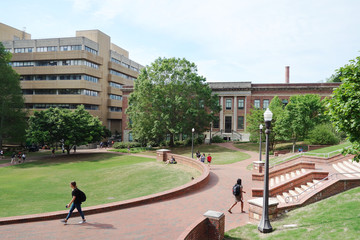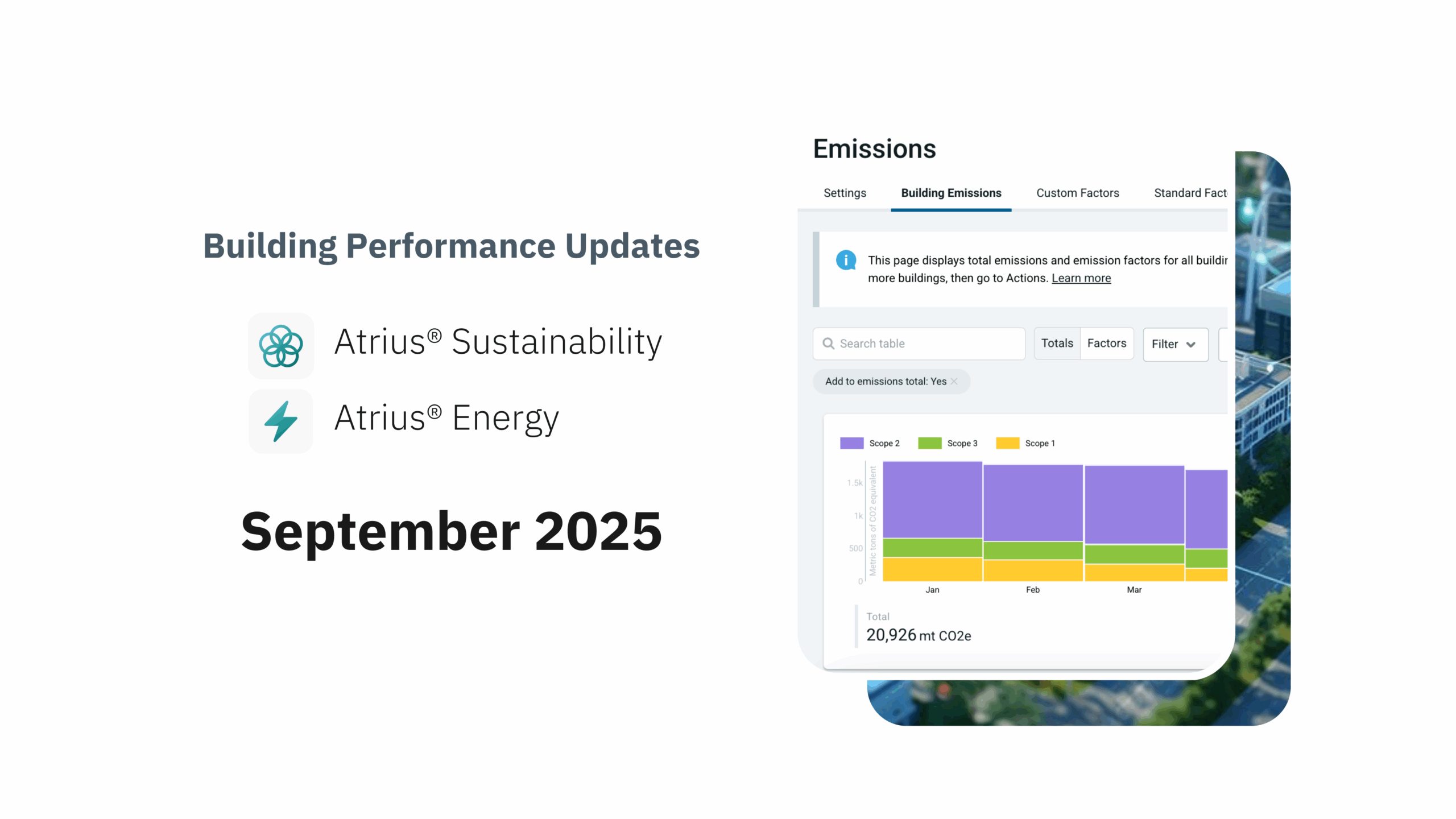This podcast was originally published by Changing Higher Ed.
Listen to the podcast here.
Higher education institutions have an urgent responsibility to act on the values of environmental sustainability by going green, campus by campus. The Carleton College sustainability model leads the way for higher education institutions to reduce operating costs while being influential role models for environmental stewardship.
The climate crisis has become more visible and tangible than ever. Many students in higher education have personal stories of being impacted by wildfires, floods, and other weather-related events that are increasing in frequency and intensity. Because political apathy towards the climate crisis has resulted in stagnancy and a lack of leadership from the government, it’s up to colleges and universities to lead the way in sustainability.
Replicate the Carleton College Sustainability Model Analysis
Carleton College, a small liberal arts school in Minnesota, is at the forefront of the sustainability model movement. Their success sets an example for other colleges and universities and offers a replicable model for how others can begin the process of going green.
Carleton’s sustainability model also demonstrates why higher education institutions are the right setting for climate leadership: colleges and universities have the resources and infrastructure to collect data, perform research studies, and implement creative solutions.
“Institutions of higher education have a responsibility to act as role models for their students and for society at large, especially in the area of the environment.” – Martha Larson, Manager of Campus Energy and Sustainability, Carleton College
The institution’s process of going green began with a small concept study. Martha and her team looked ahead to how the college could source its energy over the next 5-10 years by analyzing a wealth of existing data. At the time, the campus was operating on outdated central plant equipment: 50-75-year-old steam boilers due for replacement.
The analysis presented the college with a choice. They could continue operating on an outdated mode of supplying and managing energy or modernize their approach to the problem. As Martha Larson remembered, “We had a choice to continue the old way – replace the steam boilers in kind, or study how this would be done in the 21st century.”
The campus’ energy needs were relatively small, serving about 2,000 students and 600-800 staff and faculty members. After deep analysis and consulting with an experienced engineering firm, the college made a deliberate and conscientious decision to fully transition away from steam heating and natural gas. The college chose to install geothermal and wind technologies instead, beginning with the purchase of a commercial-sized wind turbine in 2004. That first major milestone had an immediate impact, reducing the campus’ overall electricity demand by 25-30%. “We kind of got the fever with that project,” noted Larson.
By making the decision to fully transition away from carbon-intense energy sources like natural gas in favor of sustainable sources like wind and geothermal, Carleton began a process that has dramatically reduced energy demand while also reducing costs. Larson explains that energy management at Carleton College is focused on two major components: reducing the college’s energy consumption and decarbonizing how that energy is produced.
“Energy management really is what it says it is: the management of the college’s use of, and production of, energy. A big part of that is data collection, data management, data analysis, and meter maintenance so that we can manage what we measure. ”
How Going Green Reduced Operating Costs
To reduce the overall demand for energy, Larson’s team focused on tailoring systems to be more efficient. High-wattage light bulbs were swapped for LED lighting. The school began HVAC programs that could modulate fans and pumps, so they weren’t running all-on or all-off. Control systems were tweaked to be more responsive to accurate outside air temperatures and actual room needs for temperature and humidity control. This tinkering and tailoring of existing systems resulted in an organic reduction in energy demand.
In addition to wind energy, the college began decarbonizing its energy supply by transitioning to geothermal heating and cooling. Three geothermal bore fields were established, and a geothermal pump was installed to recycle heat and energy. The pump pulls heat out of facilities that are being cooled and deposits that heat directly into the heating systems. “So we’re essentially using free heat to run the campus, especially in spring and fall when we’ve got both heating and cooling needs simultaneously.”
When the heat source is not available from rooms being cooled, the pump can use the geothermal well fields as the second line of defense. This recycling of heat and energy led to a 40% reduction in heating and energy costs.
Carleton’s energy spend prior to these projects was about $2 million annually, which has come down by roughly 12%. Looking forward, decarbonizing the sources of energy on campus will also insulate the college from volatile energy prices and future carbon taxes, “which are coming at some time, in some form,” Larson stated.
In addition to the savings created within the energy budget, Carleton College saw a significant reduction in its hidden operating expenses.
Because the old boilers were high-pressure, the state of Minnesota legally required the college to monitor them at all times. That meant paying staff to watch the boilers 24 hours a day, 365 days per year. By eliminating the dangerous boilers, Carleton no longer needed – and will never need – around-the-clock staffing. Maintenance workers could now work a day shift, which both created a more humane work-life for staff and led to enormous savings in operating costs. As Larson pointed out, “It’s a much saner working environment for them, and Carleton is not paying for this round-the-clock coverage.”
Thanks to all of their efforts, the overall reduction in Carleton College’s carbon footprint, has been a whopping 68% – and Larson’s team isn’t stopping there. “They’re pledging to be 80% carbon-free by 2030, which is very soon, and 100% carbon-free by 2050.”
The Higher Ed Sustainability Model and Leadership Mindset for Successful Transformation
In retrospect, Carleton College was able to achieve such impressive results due to a combination of factors.
- Leaders at the college had an open mind when it came time to decide whether to replace the old boilers, which reduced friction in getting buy-in and transformed into a more sustainable business model.
- The college was positioned to pivot because it had the infrastructure of a Sustainability Office and a dedicated Energy Manager in Martha Larson.
- By marrying projects with the overall master plan for the campus, going green became an organic and logical progression.
- Modernizing energy technologies enables the college to move into the future and gives the college flexibility going forward.
- Larson and other leaders looked to schools like Ball State, Miami, and Ohio that had paved the way for going green and were then able to share and learn from other schools. For schools that want to go green and follow the Carleton College sustainability model, Larson recommends they reach out for information and guidance.
As for the energy that the school still pulls from the public grid, that energy is getting cleaner, too. The fact that the public grid is getting greener much more quickly than anticipated indicates that Carleton College needs an updated plan.
- Going forward, the college is gearing up to form a plan to guide them through the next 10 years.
- Energy Manager Martha Larson notes that the new plan will focus on additional ways to use renewable energy and creative methods for recovering heat.
Beginning with a small study, Carleton College started a movement that has resulted in a complete transition away from natural gas and the implementation of several sustainability practices that will continue to deliver operational savings for decades to come. The college’s journey over the past 20+ years shows a logical progression of steps that other higher education institutions can take to begin the process of going green, reducing costs, and becoming responsible stewards of the environment.

Three Recommendations for Higher Education Leaders and Boards
- “The climate needs us now,” Larson emphasized. Putting the environment at the forefront of our thinking and embedding it at the core of our strategic plans has never been more critical. This is an all-hands-on-deck moment, and higher education needs to unite and role model environmentally responsible behaviors.
- There are real savings to be had by going green, and those savings go beyond the utility companies. Colleges and universities can save significant money on operating costs, utility budgets, and more. Higher education leaders should consider the possibilities and reach out to other institutions for information, inspiration, and help.
- In addition to savings on existing costs, going green is also a risk management consideration. Carleton is mitigating the risk of energy market volatility, which we are seeing right now with the situation in Russia. In addition to volatility, the college is mitigating the cost risk of future carbon taxes. The less carbon they produce, the more they insulate themselves from that risk.
Resources
Dr. Drumm McNaughton provides strategic planning, implementation, and change management consulting, for higher ed institutions.
Links to Articles, Apps, or Websites Mentioned During the Interview
- Carleton College Sustainability Office
- Martha Larson, Manager of Campus Energy and Sustainability, Carleton College



